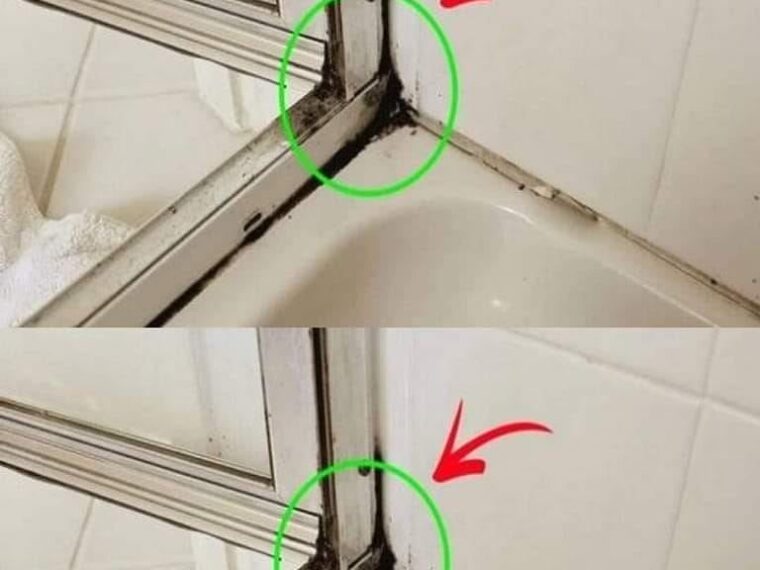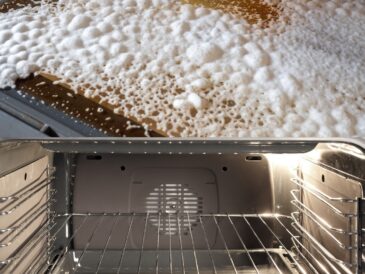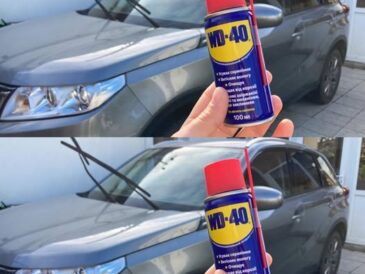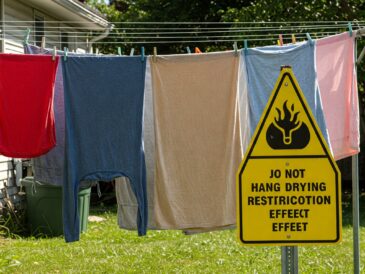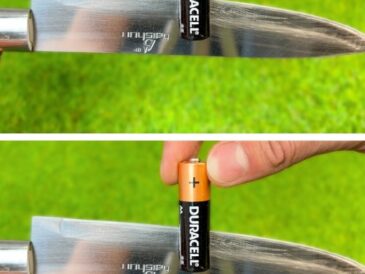1. Remove the Old Silicone
- Use a plastic scraper to gently remove the damaged silicone. Be careful not to damage the tiles or surfaces around it.
- Clean the exposed area thoroughly with vinegar or a specialized cleaner to eliminate any remaining mildew spores.
2. Apply New Mildew-Resistant Silicone
- Ensure the area is completely dry.
- Apply a fresh layer of mildew-resistant silicone, following the manufacturer’s instructions.
- Smooth it with a tool or your finger dipped in soapy water for a neat finish.
Preventing Future Mildew Growth
Once your shower is clean, take steps to prevent mildew from returning:
1. Improve Ventilation
- Use an exhaust fan or open a window to reduce humidity after showers.
- Keep the bathroom door open to encourage airflow.
2. Wipe Down After Each Use
- Use a squeegee or towel to remove excess water from the silicone and tiles.
3. Regular Cleaning
- Spray vinegar or a mild cleaning solution on the silicone weekly.
- Rinse and dry thoroughly to prevent mildew buildup.
4. Use a Mildew-Resistant Sealant
- Invest in silicone sealants specifically designed to resist mildew growth.
Conclusion
Getting rid of mildew on shower silicone doesn’t have to be a lengthy or difficult process. With natural cleaning solutions like vinegar or hydrogen peroxide and regular maintenance, you can keep your bathroom mildew-free and fresh. For deeply ingrained mildew, replacing the silicone provides a long-term solution. Follow these tips to enjoy a cleaner, healthier shower space!
